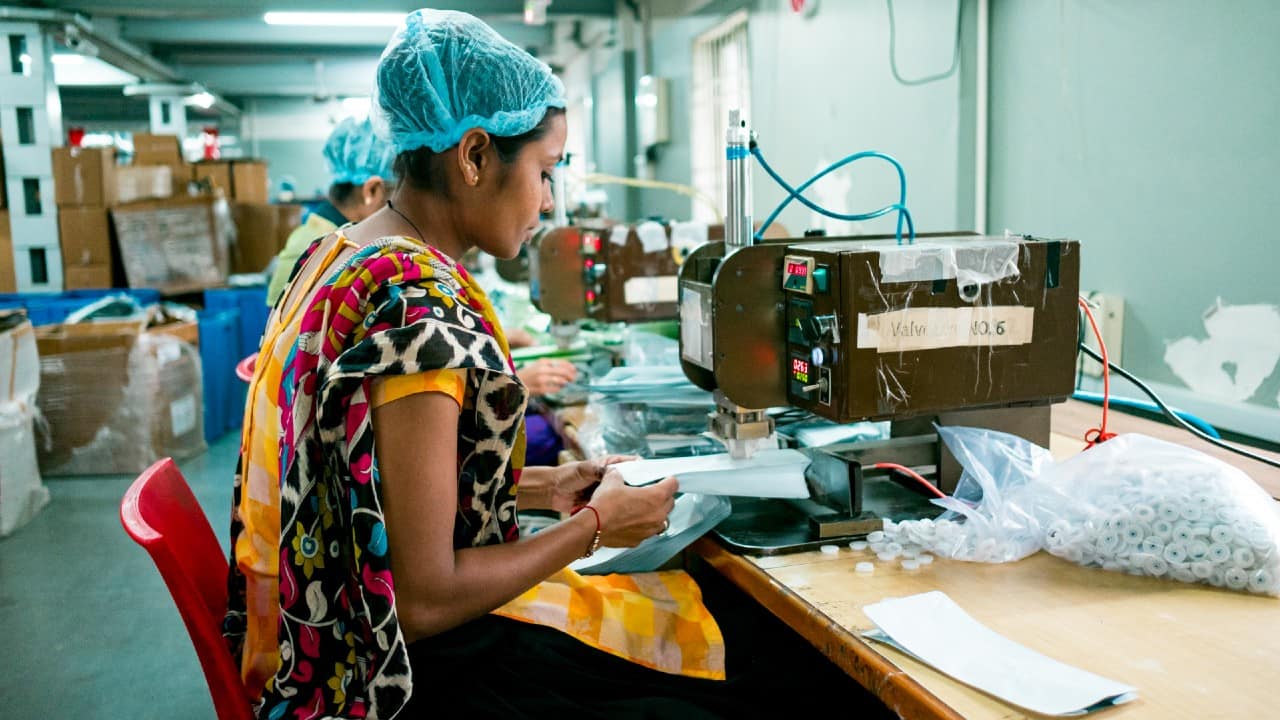 |
|
The imposition of tariffs by the United States, under the directive of President Trump, on Indian exports has stirred considerable debate and apprehension within India's economic circles. While the immediate impact of these tariffs raises concerns about the competitiveness of Indian goods in the US market and the potential erosion of export margins, a consensus is emerging among economists and trade experts that India's fundamental strengths as a manufacturing hub remain largely uncompromised. The underlying appeal of India lies in its favorable demographics, a competitive labor market characterized by a large pool of skilled and cost-effective manpower, and a relatively stable policy environment bolstered by government support through incentives and infrastructure development initiatives. These factors are expected to mitigate the negative effects of the tariffs and continue to attract global manufacturers seeking to diversify their supply chains and adopt a 'China+1' strategy, thereby reducing their over-reliance on China. The assessment emphasizes the importance of considering investment decisions within a long-term perspective, typically spanning 10-15 years, during which the short-term deterrents posed by tariffs are outweighed by the inherent advantages India offers. The specific penalty levied on India, purportedly linked to its energy and defense purchases from Russia, has heightened concerns regarding the future trajectory of global factory relocation into the country. This geopolitical dimension adds complexity to the economic analysis, as it introduces uncertainties related to the duration and intensity of the trade restrictions. However, the prevailing view is that these measures are likely to be temporary and designed to exert pressure on India to alter its foreign policy decisions rather than representing a permanent shift in trade relations. The discourse surrounding the tariffs also highlights the need for proactive policy responses from the Indian government. These include reducing logistics costs, providing targeted fiscal support to high-employment sectors, and strategically diversifying export destinations to reduce dependence on the US market. The government's ability to effectively address these challenges will be crucial in maintaining investor confidence and sustaining the momentum of the manufacturing sector.
A more granular analysis of the potential impact of the tariffs reveals that certain sectors of the Indian economy are likely to be more vulnerable than others. Sujit Kumar, Chief Economist at NABFID, estimates that the proposed 25 percent tariff could translate into an annual burden of $16-18 billion on Indian exports, based on the FY25 US export volume of $86.5 billion. He identifies specific industries, such as jewellery, textiles, phones, and industrial machinery, as being particularly susceptible due to their significant share in India's exports to the USA. However, he emphasizes that India's long-term competitiveness is unlikely to be fundamentally undermined. Charan Singh, CEO of the EGROW Foundation, echoes this sentiment, suggesting that the tariff measures should be viewed as short-term deterrents rather than long-term disruptions. He highlights the continued attractiveness of India's skilled and educated workforce, available at competitive costs, as a key factor in attracting global manufacturers. Singh also identifies gems and jewellery, machine equipment, textiles, and auto components as sectors that will experience the most significant impact from the tariffs, while pharmaceuticals and energy are expected to remain exempt. To mitigate the negative consequences, he advocates for a strategic response that includes diversifying export destinations, exploring opportunities in the Global South, and strengthening trade ties with the 32 major nations to which Indian trade-focused delegations have recently been dispatched. This diversification strategy aims to reduce reliance on specific markets and build resilience against external shocks. The discussion also acknowledges the underlying geopolitical dimensions of the tariffs, with some observers interpreting them as a tool employed by President Trump to influence India's foreign policy decisions, particularly its energy ties with Russia. Ricardo Hausmann, founder and Director of Harvard’s Growth Lab, suggests that these secondary tariffs are intended to be temporary and designed to effect a change in behavior. He distinguishes them from the more permanent 25 percent tariff, which is expected to have a more lasting impact on trade patterns.
Despite the challenges posed by the tariffs, India's services exports are seen as a source of resilience. Sujit Kumar of NABFID suggests that India is well-positioned to navigate the high tariff world, as services continue to play a crucial role in its export portfolio. This diversification of the export base provides a buffer against the adverse effects of tariffs on specific manufacturing sectors. However, concerns have been raised about the potential broader implications of the US tariffs on India's trade and industrial growth strategy. Economist Govinda Rao argues that the tariffs represent a serious setback for industries attempting to relocate from China, potentially undermining the 'China+1' policy. He warns that this could particularly hurt labor-intensive enterprises, where India faces intense competition. Rao advocates for reducing tariffs and non-tariff barriers to enhance competitiveness, emphasizing that protecting agriculture, which contributes a relatively small share of gross value added, should not come at the expense of overall competitiveness. He stresses the need to open up markets and make Indian agriculture more competitive. The debate also highlights the importance of strategic policy responses to mitigate the negative effects of the tariffs. These include reducing logistics costs, providing targeted fiscal support to high-employment sectors, and strategically diversifying export destinations. The effectiveness of these measures will be crucial in maintaining investor confidence and sustaining the momentum of the manufacturing sector. Ultimately, the long-term impact of the tariffs on India's manufacturing sector will depend on a combination of factors, including the duration and intensity of the trade restrictions, the effectiveness of the government's policy responses, and the underlying strengths of the Indian economy. While the immediate impact is likely to be challenging, the consensus is that India's fundamental advantages, such as its favorable demographics, competitive labor market, and stable policy environment, will continue to attract global manufacturers and support long-term growth.
Source: Trump’s tariff may dent export margins, but India’s manufacturing appeal intact, say economists
